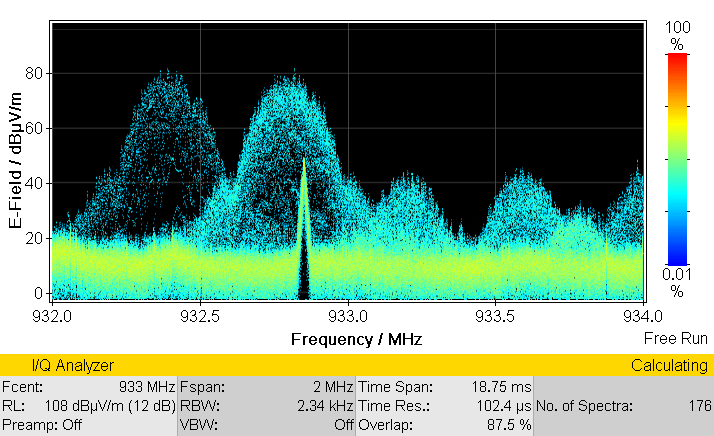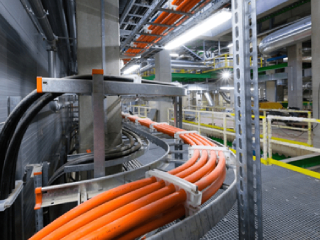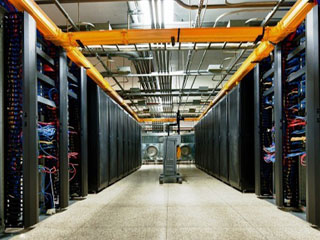
Photo Credit: www.datacenterdynamics.com
Where do Power Quality Disturbances Come From?
Power Quality Standards
Here are a few Power Monitoring Devices:
-
1.Electricity Usage Sensor
-
2. Transmitter
- Bluetooth or Zigbee – both are short-range but are perfect for multiple purposes. Zigbee often utilizes a smart meter. But you cannot tap into a Zigbee signal without the correct gear.
- 433MHz – the same frequency employed by some remotes, weather stations, and other equipment. Can send data up to 70 meters away.
- Wi-fi – offers a wireless range over the two choices above
- Power Monitor Transmitters are often battery-operated.
-
3. Receiver / Display
Uses of Data Center Power Monitoring Systems
- Watch your energy consumption before you get saddled with an exorbitant power bill
- Optimize solar power provided on-site with solar PV panels
- Inform your family or colleagues about your electricity expenditures
- Discover your stand-by, after hours or overnight energy consumption
- Know early if the power company is overcharging you
- Discover the actual utility of your air conditioning, electric hot water, lighting, and more
- Learn to adjust your daily practices to help you conserve energy
- Lessen your reliance on fossil fuels and reduce your carbon footprint
- Improve PUE numbers
Waveform Capture
- The advantages of waveform capture are:

Photo Credit: www.narda-sts.com
- Precautionary load failure examination:




